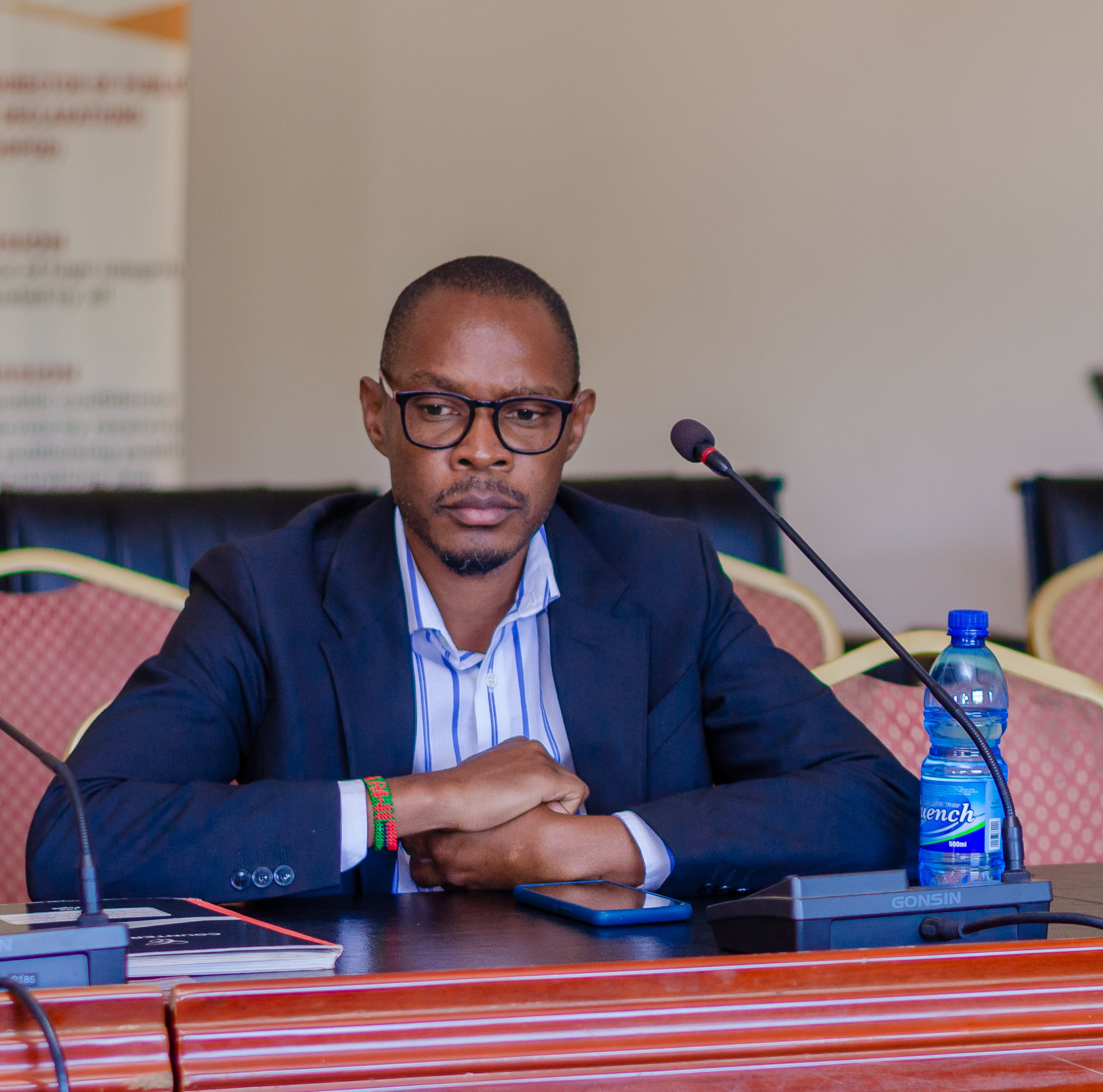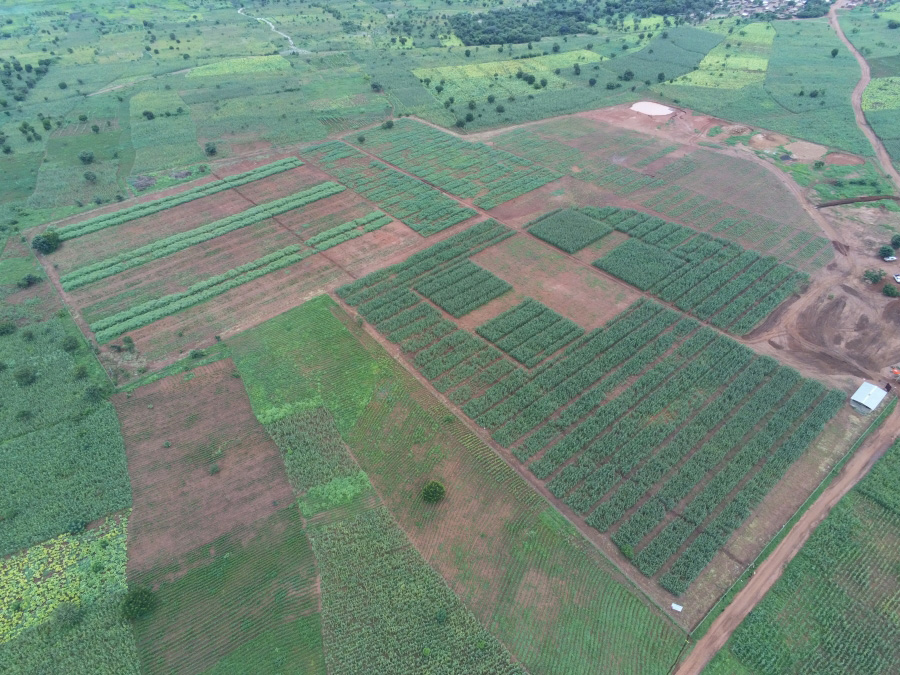ASX-listed Lindian Resources, which is conducting mine development studies for rare earth elements (REEs) at Kangankunde in Balaka, has announced that an ongoing metallurgical test work programme that is now close to completion has affirmed both high recoveries and concentrate grades.
Lindian Executive Chairman Asimwe Kabunga explains in a statement that the test work has affirmed recoveries of 70% total rare earth ore (TREO) achievable and concentrate grades ranging from 55% to 68% TREO, which confirms the globally superior quality of Kangankunde.
Kabunga says: “We are pleased to again confirm high recoveries and concentrate grades from our extensive metallurgical test work program which has been ongoing for the past 12 months and is now nearing completion.”
“The results are key for defining operational expenditure (OPEX) for our pending Feasibility Study for Stage 1 mine development and will be instrumental in benchmarking Kangankunde’s concentrate grade and recoveries against existing producers. We expect that the results will showcase Kangankunde’s very robust project economics.”
Lindian’s Chief Executive Officer, Alistair Stephens explains that these metallurgical results clearly demonstrate an advanced understanding of input parameters and material variability necessary for Kangankunde’s pending Stage 1 Feasibility Study.
“We are very encouraged by the results. We anticipate that we will also report final assay results for the Indicated Resource definition, and complete mine design and mining schedules this month. We are very close to the final stages of the construction contract for Kangankunde’s Stage 1 development, and we are confident this will confirm Stage 1 as a low-cost start-up operation,” says Stephens.
Further high-grade intersections from Kangankunde infill drilling
Meanwhile, Lindian has also reported that assay results received for a further 14 holes of the Phase 3 infill drilling program continue to define mineralisation continuity.
The Phase 3 program included 45 drill-holes for 4,886 metres, and the assays reported within are from a total of 14 drill holes reverse circulation (RC) holes.
Stephens reports that all holes assayed demonstrate extensive intersections of mineralisation to end of hole, are non-radioactive and have significant percentages of critical REEs neodymium and praseodymium (NdPr).
Significant intersections include:
❖ 119 metres @ 3.77% TREO from surface to EOH in KGKRC090
❖ 120 metres @ 3.66% TREO from surface to EOH in KGKRC116
❖ 80 metres @ 3.59% TREO from surface to EOH in KGKRC118
❖ 150 metres @ 3.38% TREO from surface to EOH in KGKRC113
❖ 100 metres @ 3.29% TREO from surface to EOH in KGKRC121
❖ 80 metres @ 3.29% TREO from surface to EOH in KGKRC117
He reports that the average grade of rare earths critical metal elements neodymium-praseodymium (NdPr) are over 20% of TREO.
Stephens says: “The results from this infill drill program further demonstrate Kangankunde’s excellent characteristics – high grade, which is consistent across very broad intersections, a high NDPr ratio, and of course, the material is non-radioactive, a unique feature of the asset.”
“Results from the final 10 holes will be reported very soon and we will then be able to define an Indicted portion of the MRE as part of our Feasibility Study.”
Kabunga comments: “All the elements for our Feasibility Study are now rapidly coming together with these infill drilling assays being an important component of this. We look forward to reporting the Stage 1 Feasibility Study very soon, and in quick succession, commencing construction works.”
Drill assay results
In August 2023, Lindian announced its maiden Mineral Resource Estimate (MRE) for the Kangankunde Rare Earths Project of 261 million tonnes averaging 2.19% TREO above a 0.5% TREO cut-off grade.
The infill holes reported are designed to provide sufficient data to increase the confidence level of a portion of the mineral resource estimate (MRE) to Indicated status.
Lindian says in the statement that once the remaining assay results are received the resource model will be updated and applied to detail mine design and scheduling.
The areas targeted by the Phase 3 infill program are those considered most likely to define initial feed for operation of the Stage 1 Processing facility. These are; the northern area of the central carbonatite complex, the western area of the central carbonatite complex; and the south-eastern area of the central carbonatite complex.
Lindian’s team is, meanwhile, on the closing stages of completing the preferred provider in relation to the tender of works and contract terms.
The near term milestones for the company include infill drill program assays, Indicated Resource Estimation, Mine Design and Mining Schedules, determination of Capital estimates and Contract awards, and execution of the Feasibility Study.
• Samples from the final 10 holes are currently at laboratory and will be reported shortly




































